

1883: The sixth performance in the house’s history was its first of Ambroise Thomas’s Mignon, featuring Swedish songbird Christina Nilsson in a signature role. The soprano had by then attained the great age of 40, and the New York Times noted, with tactful regret, “It would be futile to ignore the fact that the dozen years that have elapsed since the first [New York] production of Mignon have left their traces, slight though they may be, upon Mme. Nilsson’s face and form. She is no longer the same airy Mignon that she was in 1871.”
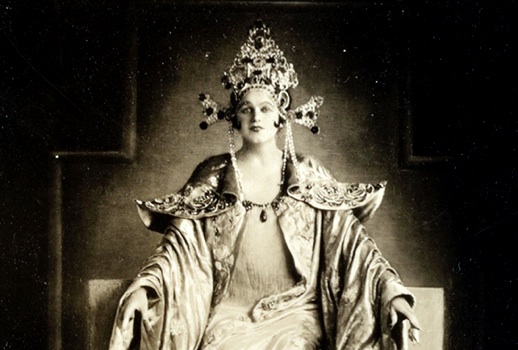
1930: Tullio Serafin paced Rosa Ponselle and Beniamino Gigli in an Italian-language L’Africaine. Meyerbeer’s opera, a popular one in the Met’s early decades, would receive 13 additional performances over the next four years before vanishing from the repertory.
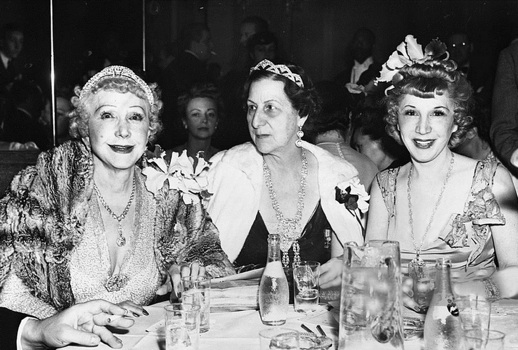
1957: Karl Böhm could hardly have asked for a better mid-20th-century Don Giovanni cast for his Met debut: Cesare Siepi, Eleanor Steber, Cesare Valletti, Lisa Della Casa, Fernando Corena, Roberta Peters and Giorgio Tozzi. Irving Kolodin sized up the maestro as “not the most dynamic of contemporary Mozart conductors or the most eloquent the Metropolitan has had in recent years, [but] a first-class craftsman who knows what he wants and how to go about getting it.”

1963: “[T]he orchestra sounded alive, playing with more discipline, a more resonant sound and a greater degree of rhythmic alertness than it does under most conductors,” reported Harold C. Schonberg in the New York Times, as Georg Solti did his best to lift a Don Carlo revival out of the ordinary. An international cast with nary an Italian included Raina Kabaivanska, Rita Gorr, Richard Tucker, Robert Merrill and Jerome Hines. The 23-year-old bass-baritone Justino Diaz sang the Monk/Charles V.
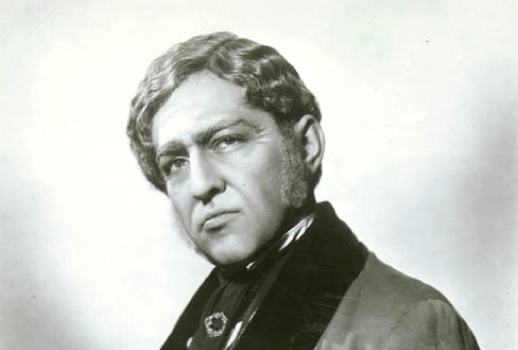
1972: Sir Charles Mackerras made his Met debut as Marilyn Horne sang Orfeo in Gluck’s opera. The Australian conductor would be an occasional visitor over the next 30 years, bringing his scholarly insights to French, Czech, Italian, German, and English repertoire.
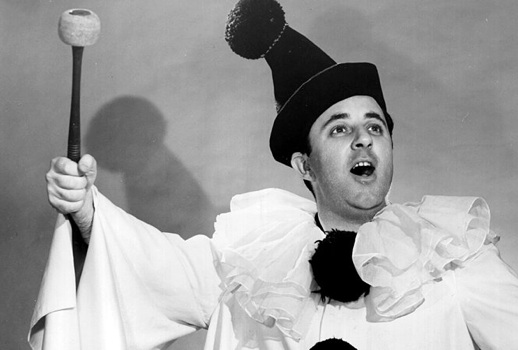
1984: Morning in America! The Met now had an extravagant Bohème that, it was said, would sell well no matter who was in it. In the fourth season of its residency, Eugenia Moldoveanu, Giuliano Ciannella, Myra Merritt and Pablo Elvira were the young lovers breaking up, making up, acting up, and hacking up. This Bohème run, of which the Halloween performance was the third, was Plácido Domingo’s first assignment at the Met as conductor.
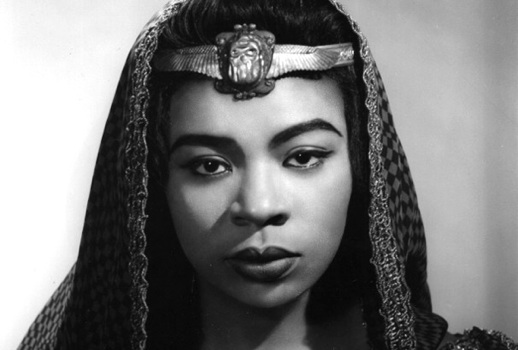
1996: More of the night he came home, as Franco Zeffirelli unveiled a busy new Carmen to negative reviews and fewer audience oohs and aahs than in days of yore. “If Zeffirelli had any new ideas about the key figures, he managed to keep his inspirations a secret. The central participants [Waltraud Meier, Plácido Domingo, Angela Gheorghiu and Sergei Leiferkus] seemed left pretty much to their own uneven devices,” wrote Martin Bernheimer. In later years, publication of detailed accounts of the rehearsals would make his observation seem even more astute.
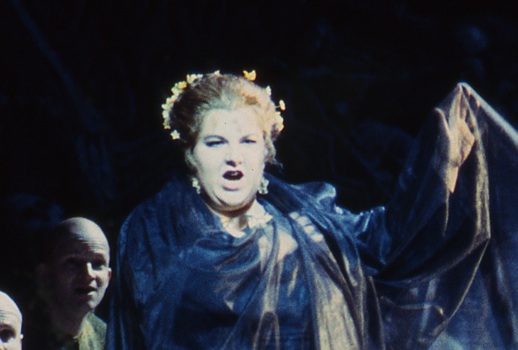
2008: Neither dancing cows nor Anja Harteros would be seen at the Met for much longer, but on this night in 2008, one could have both. The popular German soprano neared the end of her last Met commitment to date in the Zeffirelli Traviata.
Photos: Richard Termine (Rigoletto), Gary Smith (Eaglen as Norma)

















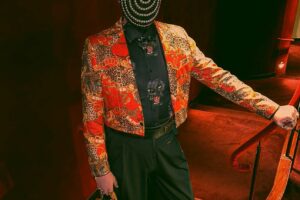
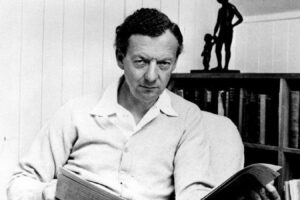







Comments